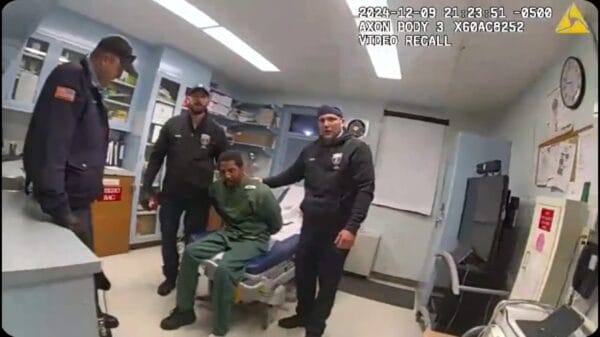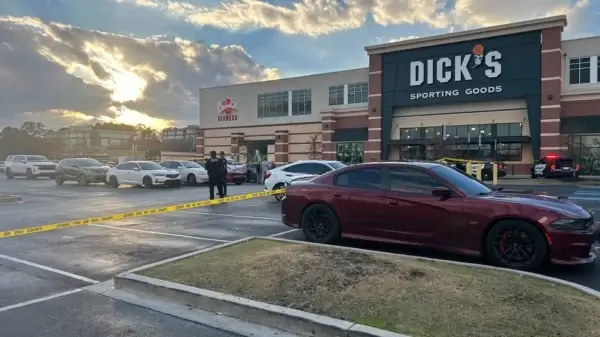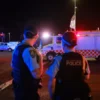A tragic incident in a quiet Indiana suburb has resulted in criminal charges after a house cleaner was shot and killed when she and her husband arrived at the wrong address for a job. The homeowner, believing a break-in was underway, fired through his front door — and the woman he shot was a mother of four working early that morning. Now prosecutors are pursuing a voluntary manslaughter charge in a case that spotlights the limits of home-defence laws.
Wrong Door, Fatal Mistake
In the early hours of November 5, the cleaning crew arrived at the Fort Wayne-area home in Whitestown, Indiana thinking it was the correct property for their job. Maria Florinda Ríos Pérez de Velásquez, 32, and her husband tried unlocking the front door when the homeowner, 62-year-old Curt Andersen, reported hearing noises he described as someone fiddling with his door and panicked. He retrieved his firearm and shot through the locked door, killing Ríos Pérez almost instantly.
Charge and Legal Questions Over Self-Defence
Boone County prosecutors charged Andersen with voluntary manslaughter, a Level 2 felony under Indiana law carrying a potential sentence of 10 to 30 years in prison.
The case hinges on whether Andersen’s belief that he faced an unlawful entry was “reasonable.” Authorities found no signs of forced entry — no broken latch, no damage, no indication the cleaning crew had entered the house.
Indiana’s “castle doctrine” and stand-your-ground statutes allow deadly force in a home only if the homeowner reasonably believes an unlawful intrusion is happening. Prosecutors say this does not apply in this case because the homeowner lacked sufficient information to make that judgment.
Broader Implications and Victim’s Family
Ríos Pérez, originally from Guatemala, leaves behind four children and was working alongside her husband when the shooting occurred just before 7 a.m. She never entered the home and was shot while still on the porch.
Her shooting has drawn national attention to similar “wrong-door” tragedies and raised concerns about homeowners using lethal force when no actual break-in was underway. Legal scholars say that fear alone is not enough justification, especially where verbal communication, verification of threat or warning are absent.
















































